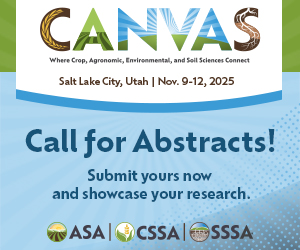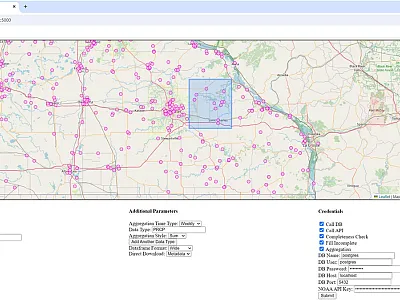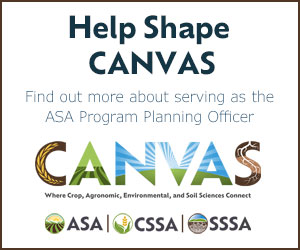A Roadmap for Excelling in Conference Presentations
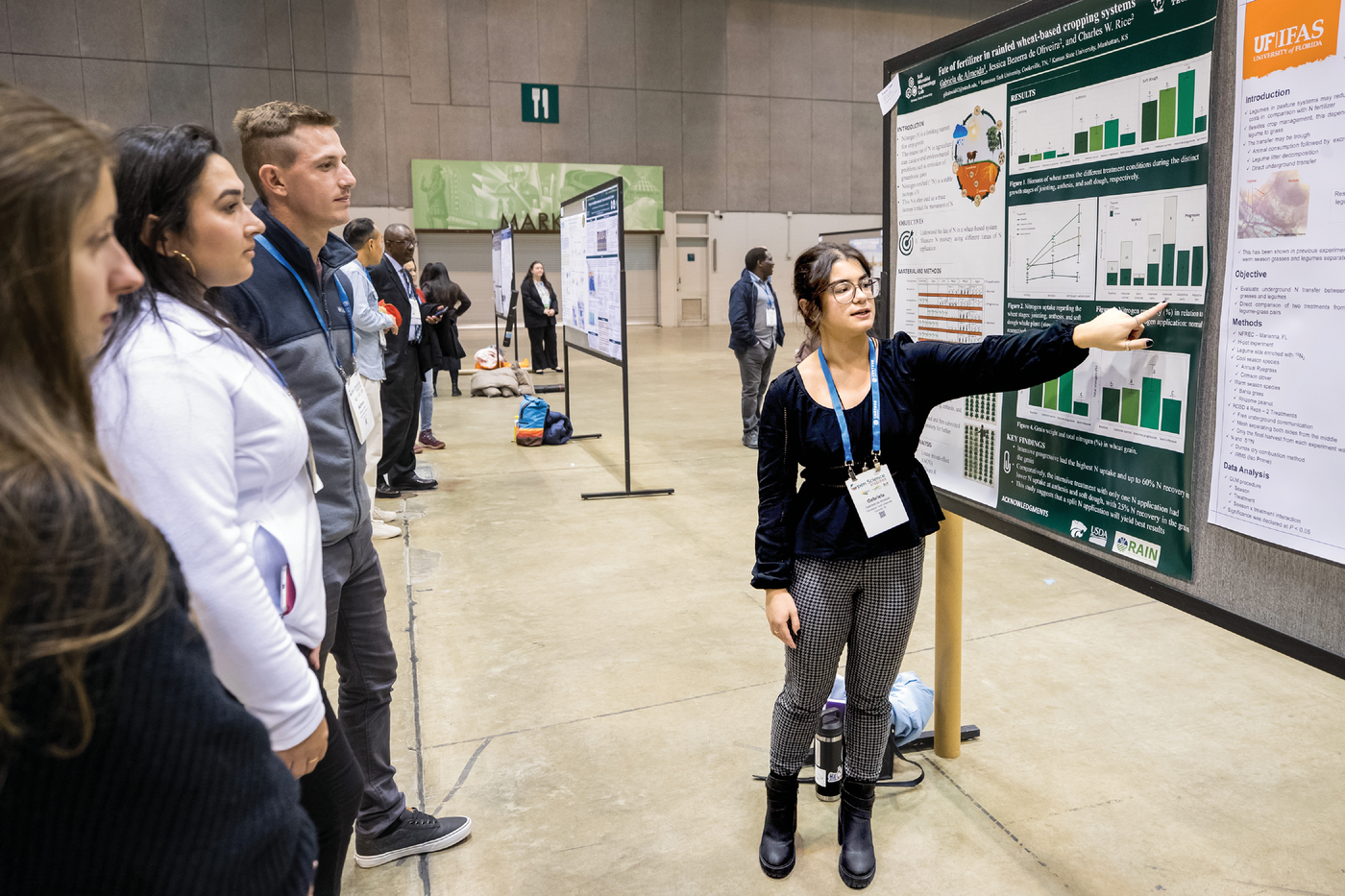
In the world of academia and professional development, the ability to deliver a compelling presentation is a skill that goes beyond mere communication; it’s an art form that includes a scientifically curious mind. It is more than just fluency; it is about captivating your audience, leaving them informed, inspired, and even transformed by your words. Engaging in competitions offers a unique platform to hone this skill, providing invaluable experience and exposure. But beyond the recognition, why do we strive to present at conferences like the Annual Meeting of ASA, CSSA, and SSSA? It is about sharing our research, and our discoveries, with a community eager to absorb and debate our findings. As presenters, our responsibility extends beyond simply conveying information; it is about crafting a narrative that resonates, ensuring our audience grasps the significance and implications of our work. Therefore, how do we prepare for such pivotal moments? It requires meticulous planning, thoughtful organization, and most importantly, a genuine passion for our subject matter. Here, we delve into the essential elements that define a good presentation and discover the strategies to captivate any audience.
Crafting Impactful Presentations: Slide Design and Organization
Preparing for a five‐ or 15‐minute presentation requires careful planning and organization to ensure that you effectively address your message within the chosen time. For an efficient presentation, limit yourself to a few words or extensive phrases; even using bullet points, stick to a few per slide. This will help you to keep your slides concise and focused while avoiding overwhelming your audience with too much information.
Presentations can be made less effective by the actions presenters take, for example, if they feel nervous when speaking, or by the choices they make when designing slides, for example, if they are not skilled in using presentation tools, such as PowerPoint and Canva. Although these tools seem easy to use, making good presentations with them requires new skills and knowledge.
Canva is one of several tools that can be used to prepare a high quality presentation. It makes design easy and provides plenty of presentation templates to use right away that are simple to customize for your organization and presentation objective.
When getting your slides ready for academic purposes like the ASA, CSSA, and SSSA Annual Meeting, consider which aspects of your research are significant and pertinent. Make sure your hypothesis, objectives, and key findings are clear and easy to find. Do not try to put all your results or figures on the slides—select one that you think is the most relevant, and stick with it.
Speak With Impact: Tailoring Your Message for Timely Talks
We can spend hours and hours talking about our research, but that is what makes this type of presentation challenging. Firstly, define your purpose: identify the key purpose of your presentation, and select details that will aid in conveying your message. These details should be the most important aspects of your topic that you want your audience to remember. Create a plan for your presentation: organize your speech into an introduction, body, and conclusion.
Introduction: Start your presentation with a compelling hook to grab the audience’s attention. Introduce your topic, state your main points, describe why you are doing that particular research, and why it is important.
Body/Results: Develop each main point with supporting details, examples, statistics, or figures/graphs—anything that you need to explain your research. Make sure the presentation has a logical flow.
Conclusion: Summarize your main points, restate your purpose, and leave the audience with a memorable closing statement or call to action.
General Suggestions
Time Management: Allocate time for each section of your speech. For a five‐minute presentation, aim to spend roughly one minute on the introduction, three minutes on the body (one minute per main point), and one minute on the conclusion. For a 15‐minute presentation, start with a three‐ to four‐minute introduction, then spend six minutes on the main section, and give yourself two minutes to wrap it up. Leave three minutes at the end for questions. Practice delivering your speech within the set time frame to ensure you do not exceed the time limit.
Engage the Audience: Keep your audience engaged throughout the presentation. Use rhetorical questions, humor, vivid language, or visual aids to maintain interest and enhance understanding.
Use Clear and Concise Language: Be mindful of your language choice and avoid jargon or overly complex terminology that may confuse your audience. Keep sentences short and to the point.
Practice, Practice, Practice: Rehearse your speech multiple times to become comfortable with the content and timing. Practice in front of a mirror, record yourself, or deliver the speech to a friend or family member for feedback. Also, write down your speech on paper, which will help you with content memorization and serve as a presentation guide. “Training with friends was crucial,” says Endy Lopes Kailer, winner of the SSSA Soil Biology and Biochemistry Division five‐minute rapid presentation competition at the 2023 ASA, CSSA, and SSSA Annual Meeting in St. Louis.
Final Touches: Before the presentation, take a few moments to relax and mentally prepare yourself. Arrive early at the venue to set up any equipment and familiarize yourself with the environment.
Deliver With Confidence: Maintain eye contact, speak clearly and confidently, and project your voice to ensure everyone in the audience can hear you. Remember to breathe and pause occasionally to emphasize important points.
Overall, in a five‐minute presentation competition, the dynamic is intense and fast paced. Presenters must quickly grab the audience’s attention, deliver key points concisely, and leave a lasting impression within a tight time frame. Every second counts, requiring speakers to be extremely focused and strategic in their delivery. The competition is fierce as participants vie to make the most impact with limited time, often resorting to innovative storytelling techniques or attention‐grabbing visuals to stand out. Figure 1 exhibits the slides of the winner of the SSSA‐wide five‐minute rapid presentation competition at the 2023 ASA, CSSA, and SSSA Annual Meeting in St. Louis. Three slides is the maximum allowed for this type of presentation, and they need to be static, which means, without any type of animation.

For a 15‐minute presentation competition, there is more room for depth and detail. Presenters can delve into their topic with greater thoroughness, providing more context, examples, and analysis. While there is still pressure to engage the audience and maintain interest, speakers can pace themselves more comfortably and explore nuances that might be overlooked in a shorter format. The dynamic here is one of balance as presenters aim to strike the right mix of slides and engagement within the extended time frame. Table 1 outlines some of the main differences between the five‐minute rapid presentations and the longer oral presentations.
Table 1. Understanding the main differences between the five-minute rapid presentations and longer oral presentations: rules and guidelines for ASA, CSSA, and SSSA Annual Meeting. | |
Five-minute rapid presentations | Traditional oral presentations |
Maximum three slides | Recommended 15–25 slides |
Five-minute talk | 12-minute talk + three minutes for questions |
Static slides (no animation) | Animations allowed |
Poster required | No poster requirement |
Competition | Competition and non-competition options |
Crafting an Impactful Poster: Poster Design and Organization
Preparing the poster can be the most time‐consuming part. First, you need to know the poster dimension requirements the conference is asking for, which will make things easier during your poster creation. For the ASA, CSSA, and SSSA Annual Meeting, specifically, posters can be no larger than 44.5 by 44.5 inches. Set the poster dimensions in the program you are using to create the poster (e.g., PowerPoint) to the exact size requirement or smaller. Always double‐check the rules of the poster section before starting as rules may change between years.
For the five‐minute rapid presentation competition, your poster and oral presentation should be aligned in topic. Use the extra space and presentation time that the poster allows to accommodate additional information and graphics. Typically, on the day of the poster session, you will be stationed near your poster for about two hours, fielding questions from various attendees, who may or may not have attended your oral presentation. Therefore, always explain your research with the assumption that your audience has no prior knowledge of the topic.
Preparing the poster can be challenging. Keep it simple. Avoid a lot of words and invest more in figures, infographics, and tools that capture people’s attention. Divide your poster into sections such as Introduction, Methods, Results, Discussion, and Conclusion, depending on the nature of your presentation. Use headings and subheadings to guide the viewer through the content. Use bullet points, short sentences, and visual elements. Focus on key points: take the most important aspects of your research or project and highlight them prominently on the poster.
The figures and graphics should be high quality with colors that grab the reader’s attention but are easy to follow. You should select legible fonts and a color scheme that is easy on the eyes and complements your content. Use contrasting colors for text and background to ensure readability; for instance, never use yellow over green as it is difficult to see. Figure 2 is a great example of a scientific poster that successfully illustrates completed research and results.
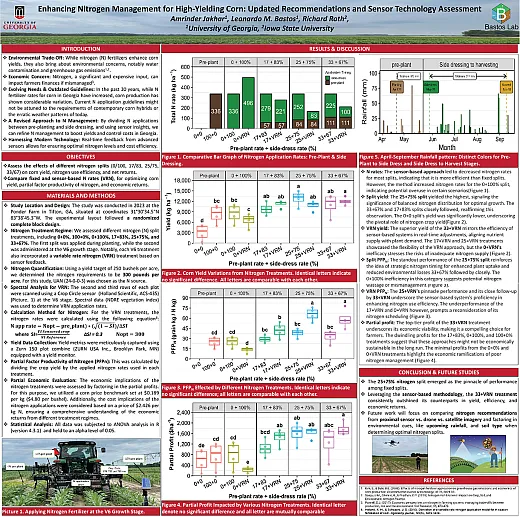
How to Access Prior Annual Meeting Presentations
Presentations from previous Annual Meetings are available for viewing at acsmeetings.org. Figure 3 provides step‐by‐step instructions.
The website is beneficial because it allows access to slides and talks from previous years and even provides access to some posters if they were uploaded before the presentation. One of the primary challenges in preparing a talk or a poster is figuring out how to begin. Therefore, having access to previous talks for feedback or inspiration is immensely helpful in getting started and understanding the expectations of the Annual Meeting.
To sum up, giving successful presentations (oral or poster) at the ASA, CSSA, and SSSA Annual Meeting demands thorough preparation and strategic execution. Presenters must be clear on the purpose of their presentation, streamline slide design, engage their audience effectively, manage time wisely, adjust to presentation durations, create compelling posters, and utilize resources like old presentations for inspiration. By following this roadmap, presenters can elevate their skills, leaving a lasting impression on their audience and contributing meaningfully to the academic discourse.
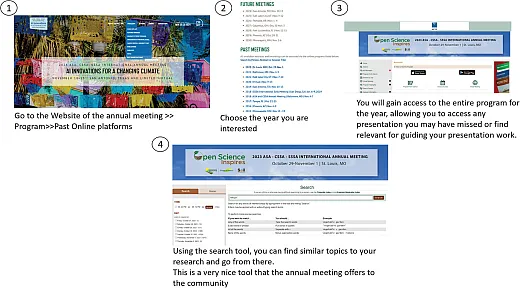
CONNECT WITH US!
If you would like to stay up to date with the ACS Graduate Student Committee, learn more about our work, contribute to one of our CSA News articles, or suggest activities you would like us to promote, watch your emails and connect with us on Twitter, now called X, (@ACSGradStudents), Facebook (ACS.gradstudents), or visit: agronomy.org/membership/committees/view/ACS238/members, crops.org/membership/committees/view/ACS238/members, or soils.org/membership/committees/view/ACS238/members.
Text © . The authors. CC BY-NC-ND 4.0. Except where otherwise noted, images are subject to copyright. Any reuse without express permission from the copyright owner is prohibited.



